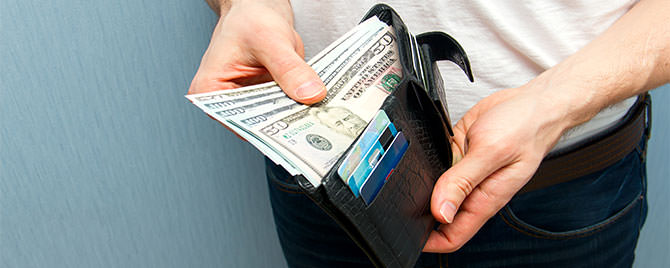Whether you’re shopping for groceries, back-to-school supplies, or season tickets, modern commerce provides many ways to shop and pay for purchases. A new infographic from the Federal Reserve’s Cash Product Office (CPO), How You Shop Affects How You Pay, shows how the decision to shop in person, online, or on-demand can influence your payment choice.
The infographic is based on a recent CPO paper, Shopping Experience Trends and Their Impact on Cash. Using data from the U.S. Census and the Diary of Consumer Payment Choice, a joint study by the Federal Reserve Banks of Boston, Richmond, and San Francisco, the CPO found that over 90 percent of purchases happen in person—at brick-and-mortar retail stores, vending machines, and gas stations, for example—where cash is the most popular way to pay.
Want to use cash for an online purchase? It’s not impossible, but you’ll run into a few challenges. Some large retailers now let you place orders online and pay cash at a local store, with orders shipping after you pay at the register. But most online shoppers go with the easier option of entering a credit or debit card number online. Similarly, ordering goods and services on-demand (think Instacart, Uber, Lyft, or GoogleExpress) limits opportunities to use cash.
Surprising to some, recent payment innovations like payment apps Venmo and Square Cash have not had a significant impact on cash. Or look at the recent growth of companies like Uber, which introduced entirely cashless transactions into a cash-heavy industry. So far, their impact on cash has been small. And even if more than half of all transportation services (for example, taxis, shuttles, and buses) convert to cashless on-demand payments, total consumer cash transactions would decline by only 1.4 percent.
There’s no doubt that retailers will continue to blur the lines between in-person, online, and on-demand shopping. But how that will affect cash usage remains to be seen. After all, in-person shopping continues to dominate retail two decades after the dawn of e-commerce, and cash is holding its own in an increasingly competitive payments landscape.
You may also want to read:
The views expressed here do not necessarily reflect the views of the management of the Federal Reserve Bank of San Francisco or of the Board of Governors of the Federal Reserve System.
